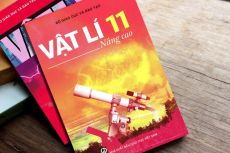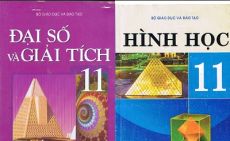Read the following passage and choose the best answer (A, B, C, D):
Paul Watson is an environmental activist. He is a man who believes that he must do something, not just talk about doing something. Paul believes in protecting endangered animals, and he protects them in controversial ways. Some people think that Watson is a hero and admire him very much. Other people think that he is a criminal. On July 16th, 1979, Paul Watson and his crew were on his ship, which is called the Sea Shepherd. Watson and the people who work on the Sea Shepherd were hunting on the Atlantic Ocean near Portugal. However, they had a strange prey, instead of hunting for animals, their prey was a ship, the Sierra. The Sea Shepherd found the Sierra, ran into it and sank it. As a result, the Sierra never returned to the sea. The Sea Shepherd, on the other hand, returned to its home in Canada. Paul Watson and his worked thought that they had been successful. The Sierra had been a whaling ship, which had operated illegally. The captain and the crew of the Sierra did not obey any of the international laws that restrict whaling. Instead, they killed as many whales as they could, quickly cut off the meat, and froze it. Later, they sold the whale meat in countries where it is eaten. Paul Watson tried to persuade the international whaling commission to stop the Sierra. However, the commission did very little, and Paul became impatient. He decided to stop the Sierra and whaling ships in any way that he could. He offered to pay $25,000 to an one who sank any illegal whaling ship, and he sank the Sierra. He acted because he believed that the whales must be protected. Still, he acted without the approval of the government; therefore, his action controversial. Paul Watson is not the only environmental activist. Other men and women are also fighting to protect the Earth. Like Paul Watson, they do not always have the approval of their governments, and like Watson, they have become impatient. Yet, because of their concern for the environment, they will act to protect it.
7. The captain and the crew of the Sierra were acting illegally because:














